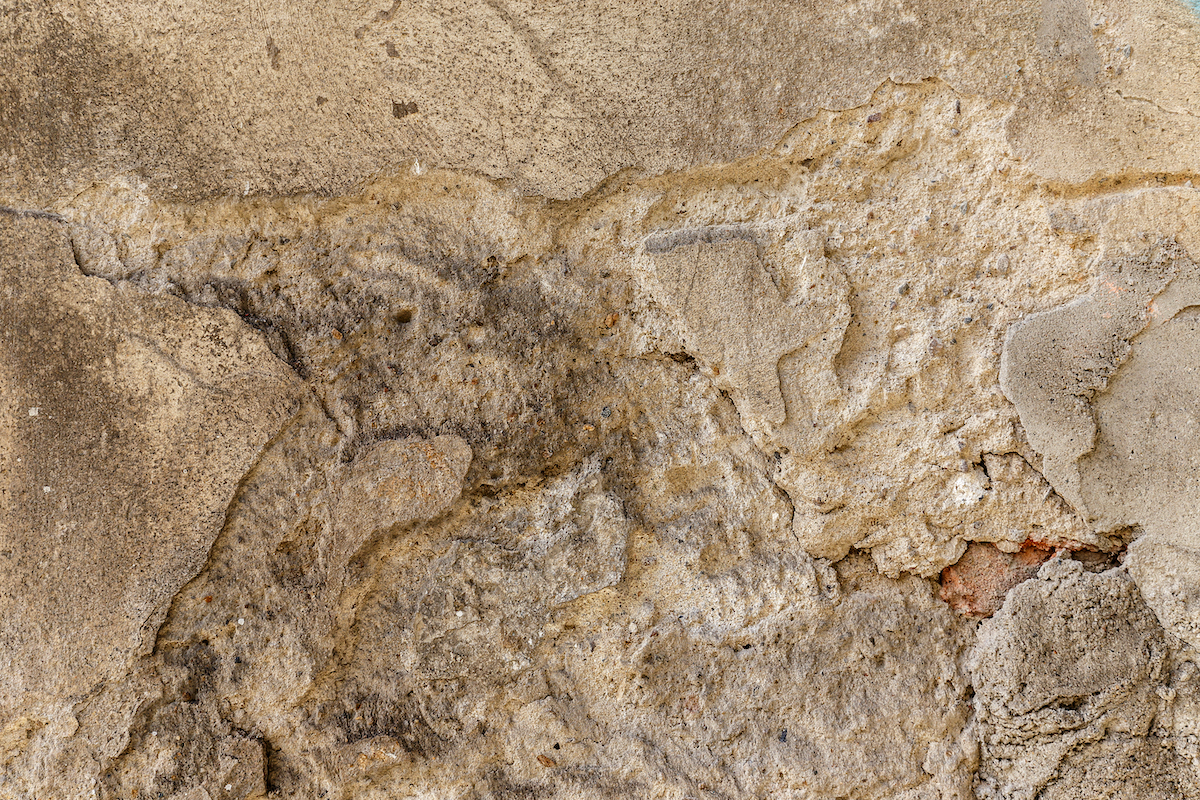Deep foamjection is one of the newest technologies that promises to be fast and effective when it comes to repairs and construction. The way it works is kind of easy to follow, first, a foaming agent is injected into the cracks and voids of any structure, then this agent starts to expand in order to form a strong bond with the surrounding material, allowing it to repair many structures without having to do many other procedures that might involve drilling or demolishing. However, just like many other new technologies, it is important to know if it actually works, so here is the question: Is Deep Foamjection Any Good?
In the case of concrete crack repair, foamjection has proven to be rather reliable because it can repair concrete structures effectively without having to rely on other standards of the industry that might take more time. It works by creating a watertight seal that prevents any further damage to the structure, allowing it to be used on walls, foundations, and floors. But that is not everything, you can be certain that this method works flawlessly by checking how well it does in the next types of structures and procedures.
1. Basement Waterproofing and Foundation Repair
It is possible to use this technology for basement waterproofing, making it an excellent option for those who have a constantly wet basement, and thankfully, is a simple procedure. All that needs to be done is inject the foam into any cracks or leaks in the walls in order to stop water from seeping through. Deep Foamjection is excellent for making basements dry and free of water.
Also, it is possible to repair foundations that have been damaged by water, soil erosion, or other damaging factors, and once again, all that is needed is to inject a foaming agent into the damaged area and proceed to use a hydraulic pump to apply pressure, filling all possible cracks in the process thus making the foundation more solid.
2. Soil Erosion
Foamjection reduces soil erosion which is something truly wonderful as it can benefit many structures and construction projects. It will keep topsoil in the right place and protect it against losing any valuable nutrients that might be useful for the future. People who have used this method to reduce the possibility of facing soil erosion have seen impressive results overall.
3. Sewer and Septic Tank Repairs
This technology is absolutely versatile as it can be used to repair both sewer and septic tanks by drilling a hole in the tank to inject the foaming agent and expand it to later seal it completely. This method prevents more cracks and leaks in the future and also manages to stop unpleasant odors from escaping.
Overall, deep foamjection technologies have proven to be extremely good, but they could become something even better in the future, the truth is, they are more than effective to be considered for some applications like the ones that have been described before.










Recent Comments